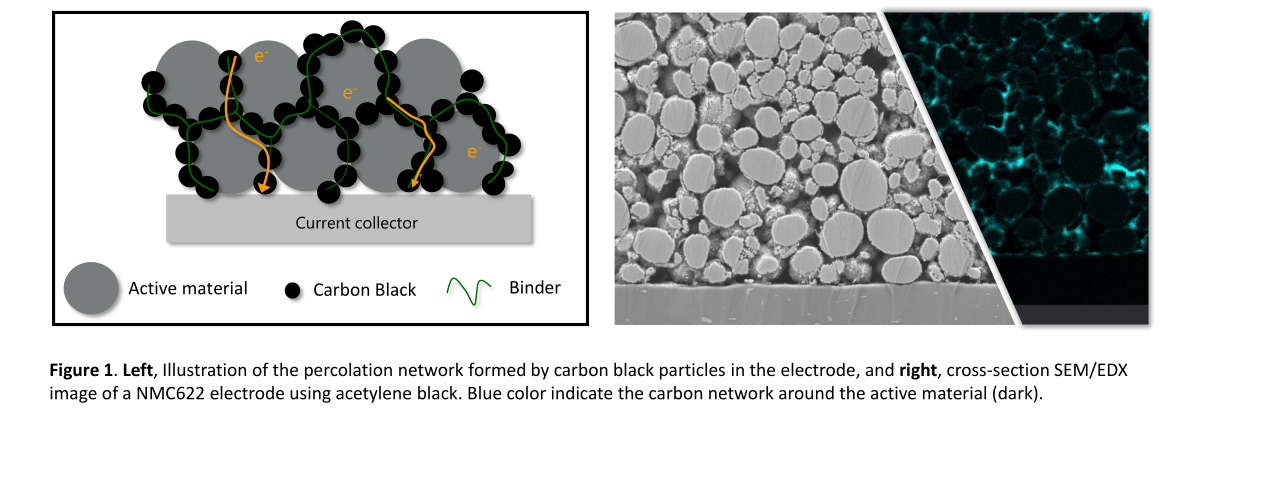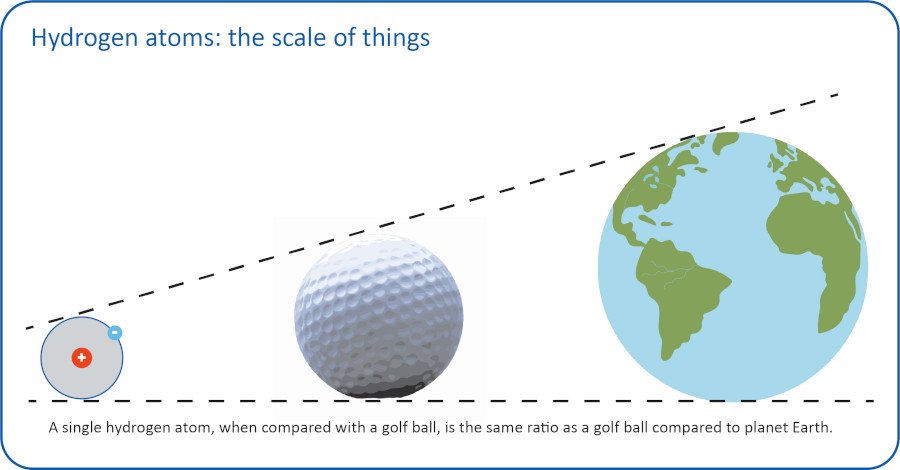The popularity of electrified vehicles is continuously growing. The forecast for the next few years, is that the number of electrified vehicles will be higher than the number of cars driven by internal combustion engines. As far as sales figures are concerned, some predict a very high number of sales, and some are more conservative.
What is quite certain is that the electrification in the automotive industry will be deeply affected by the availability of efficient, competitive, and light-weight solutions. However, these solutions do not appear out of thin air. There are many challenges that we must address.

Shortcomings of EV batteries today
Battery packs are typically quite heavy and therefore only allow a reduced energy density of the battery. Thermal management also makes fast charging difficult. Battery performance must be optimized further by improving the functionality of the components that hold the battery cells in the vehicle.
The need for improvement offers a lot of space for creativity and ingenuity. This challenge requires integrating different tools, technologies, and competencies. The goal is to find solutions that best fulfil the requirements regarding improved battery performance, weight reduction and safety.
Tools to keep up with rapid development
An important aspect influencing the development of innovative and effective technical solutions is knowledge. Knowledge of automotive batteries is growing very fast. This is mainly due to the increasing number of electric vehicles on the streets. New information is constantly being gathered, which leads to a refinement of our requirements, prospects, and possibilities.
In this context, it is crucial to be flexible and ready for change. In terms of development, this means having tools available to evaluate technical solutions rapidly. Thermodynamic simulations enable us to study the thermal management of batteries to the finest level of detail. Mathematical models can accurately predict the behaviour of the battery in many different conditions. Together, both provide a faster and more accurate development. They allow exploring several geometries, materials, technologies and can quickly lead to optimized solutions—without having to produce any actual hardware.
Models: Best when combined
Each model has its specific advantages. One-dimensional models can predict the current profile applied to a battery cell, given the working conditions of the vehicle. With the help of 3D models, we calculate the temperature distribution on the cell surface.
FEM models, on the other hand, can help to predict the mechanical resistance of components during the life of the battery. These insights give clues on how to improve the structure or reduce the weight. All studies can be performed at the component level as well as at the system level. As a result, we can determine how the parts interact, detect weak points and find synergies.
Validating the models
Matching the real world is what proves a mathematical model and makes it reliable. Therefore, the validation of the models is an essential aspect of the development process.
In the first stage, we at Röchling Automotive, perform tests in a laboratory environment. We set up these tests to deliver data that we can compare to the calculation of the models. With the help of this data, we can evaluate the simulation results and apply refinements until the desired accuracy is met. The validated model can then be used for design optimization loops.
In addition to fulfilling specific technical requirements, we must guarantee a reliable process for producing the components. We count on smart assembly solutions along with due optimizations.
It is about the materials
The choice of materials is a particularly crucial aspect of the design. Current simulation tools are also critical as we draw comparisons between a wide range of different solutions.
The development of plastic is going in the direction of improving thermal conductivity. This is a path to explore to make the most for the thermal management of batteries.

Thermodynamic simulations
The thermal conductivity of
the plastic material can give an
important contribution to the
thermal management of the
battery cells.
Indeed choosing a material
with thermal conductivity
2 W/m°C can help reduce the
maximum temperature values
on the cell by about 2°C
compared to standard plastic
conductivity values.

Simulations validation
Comparison between
measurement and simulation
results.
Applied force vs.
displacement. The deformation
of the part is correctly
predicted by the simulation,
as only a small deviation is
highlighted by the comparison
to the measured data.
The development of a pouch battery cell
In collaboration with the Free University of Bolzano, we studied solutions to support a pouch battery cell and integrate it into a battery module. Our goal was to ensure adequate thermal management under operating and hazardous conditions – without compromising the enhancement of structural stability.
The heat generated by the battery cell in all operating modes is one of the most critical pieces of information. With this in mind we can design an adequate thermal management solution.
We approached the task like so: the design process passed through the characterization of the battery cell in a laboratory environment, providing us with the boundary conditions we needed to set up our evaluations.
Here, the mathematical models came into play. We created various types of models to account for the different phenomena that characterize the behaviour of the studied components.
To determine the current profiles for the battery at various operating conditions, we installed it in a simplified vehicle. The data obtained enabled thermodynamic simulations that describe the temperature profiles on the battery cell and the module components.
The next step was to create detailed 3D models – both for the cell supporting structure alone and for the assembly of cells and structural components in the complete module. These models can predict thermodynamic as well as mechanical behaviour. In terms of thermodynamics and structure, they have been validated in our laboratory facilities with fantastic compliance.

Safety through simulation
Our simulation tools allowed us to study and optimize the geometry of every single component and sub-component, the evaluation of different materials, and the integration of the proper solutions. That guarantees safety in all operating conditions.
Today’s market offers a wide range of materials. It would be costly and time-consuming having to produce and test such a large number of samples. So, it is very convenient to “test” different alternatives in a virtual environment and perform a preliminary selection using simulation tools.
A suitable design needs to focus on the production of actual parts. Therefore, we have put in the necessary effort to find solutions that can be economically produced on a large scale. This goal can be as challenging as guaranteeing proper thermal management of the battery cell, respecting space, and weight constraints.
It is worth noting that this has been achieved with a high percentage of thermoplastic materials as the leading solution to reduce weight and keep the production costs under control.
All in all, the development processes described above led to a fully integrated structural frame. This component protects the battery cells from vibrations and shocks while providing the needed electric connections for charging and discharging as well as the necessary thermal flow from and to the battery cells.
Advanced simulation and modeling are not tools that are only used from time to time. From our point of view, these two techniques are decisive for success in development. Only in this way is it possible to keep pace with the rapid changes in electromobility. And only in this way is there enough capacity for innovative ideas that are not held back by the budget.
Claudia Tremonti Advanced Development Engineer Rochling Automotive SE & Co KG













